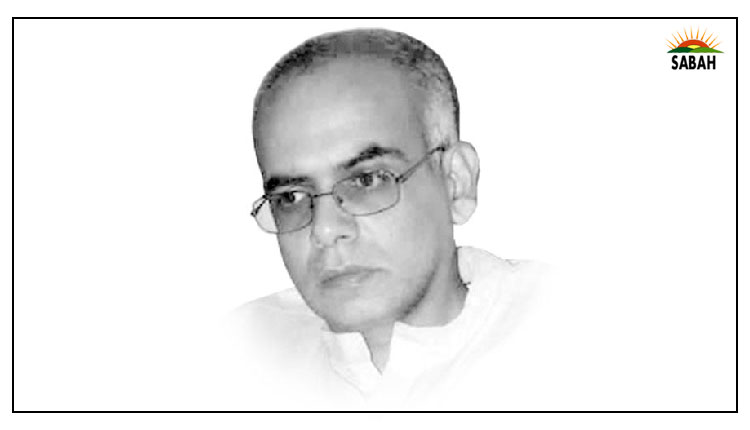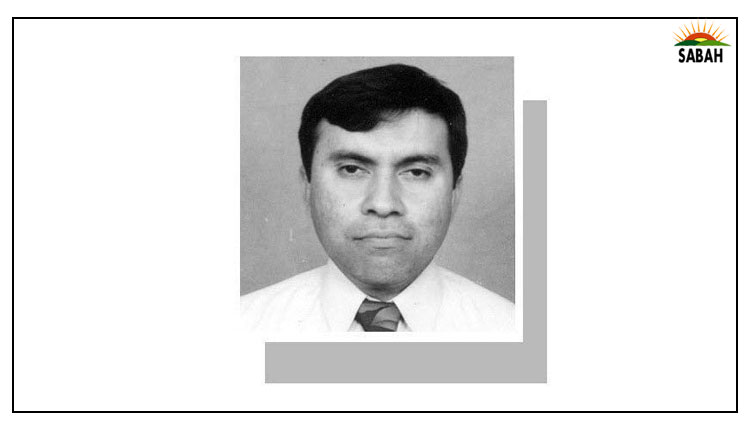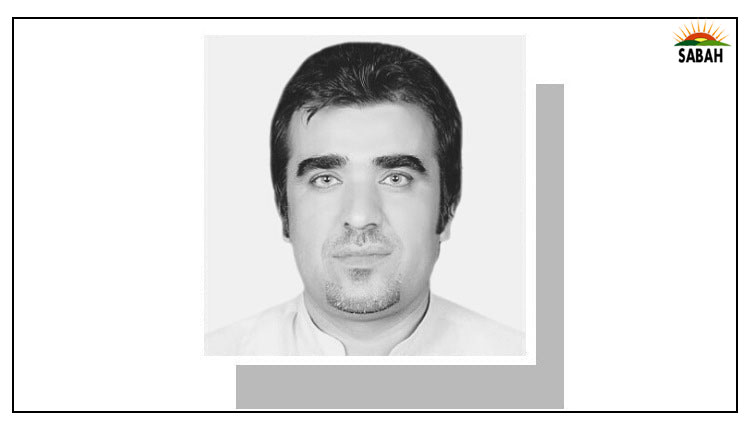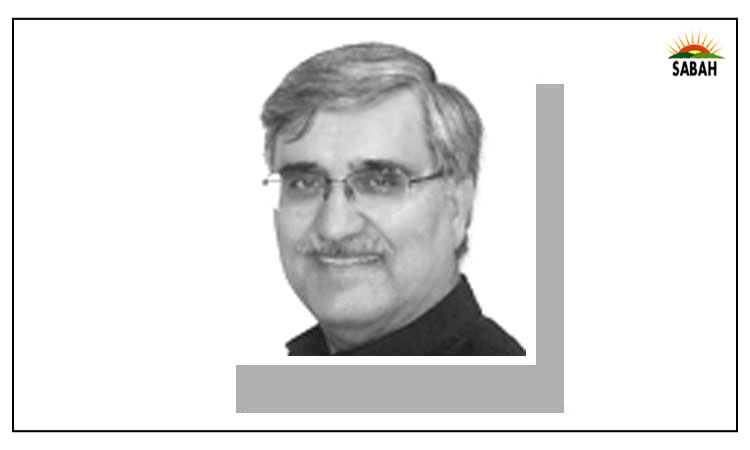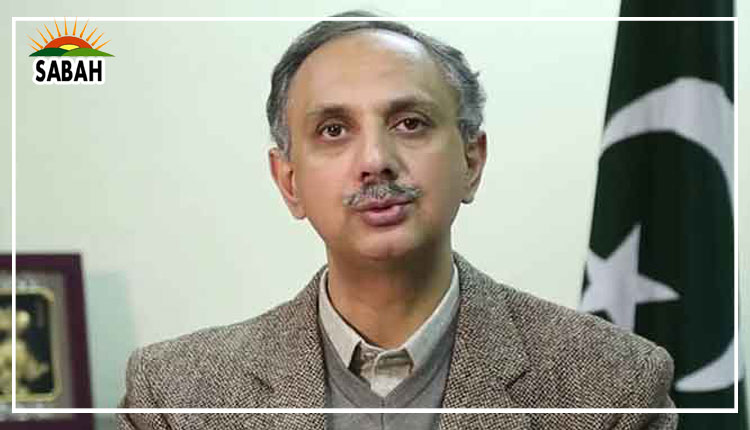Road to economic empowerment: challenges facing Pakistani women… Mansoor Raza & Nudrat Junaid
The ever-increasing participation of women in circuits of production is a welcome phenomenon. Yet women, as a community, still lag behind their male counterparts in development indicators and access to services. This made equal participation in the economic struggle a distant dream, though all the economic factors and social changes point to the fact that in the years to come, more women will be found in the spaces of production.
Over the years some noticeable changes have happened in women demography across Pakistan. In 1998 Census, a total of 11 districts reported more female population than males: 4 in the Punjab, 6 in KPK and 1 in administrative Agencies. In 2017, this figure rose to 19 8 in Punjab, 9 in KPK and 2 in administrative Agencies. The results of Census 2023 will clear the point better. The reasons of the variation may include increase in life expectancy of women, better documentation of females by the authorities and increased out-migration of males.
The average life expectancy for urban women in Pakistan is 70 years, while for rural women it averages 67 years. The infant mortality rate in urban areas is approximately 45 per 1,000 live births while in rural areas, it is around 50 per 1,000 live births. The average fertility rate for urban women is approximately 2.5 children per woman while for rural women, it averages around 3 children per woman. Immunisation rates are lower in rural areas. It is common observation that in the middle and low income households, women delay the due treatment of their illness. High cost of health services, disruption in the household management, logistics and care of children and elderly are the oft-cited as reasons. Loss in productivity is also linked to increased mental stress and absenteeism from work. Chronic illnesses or disabilities may further limit womens ability to engage in income-generating activities. The much ignored womens reproductive health needs, including access to maternal care and family planning services, is a serious impediment to making women economically productive.
And in the absence of a decent, affordable and women-friendly mass transit system, the location of the house matters more for working women. Some 10-12 women packed in a Suzuki pick up or 3-4 women carpooling is a common site on Karachi roads. However, more unfortunate cannot afford even qingqi rickshaw and could be seen walking in simmering heat to their destination. The rules, staff polices, office timings, facilities and dealings of any traditional office setup are not women sensitive. For instance, the late coming of a female staff due to commutation issues is treated equally as if the liabilities, travel opportunities and women autonomy are on a par with males staff.
Women from low-income households reside in areas with inadequate infrastructure and limited access to basic services, such as clean water, sanitation and healthcare facilities. Living in marginalised communities, far off from workplace, can exacerbate health disparities and economic struggles more for women. Environmental hazards and insecure housing conditions in low-income neighborhoods pose additional risks to womens health and wellbeing, impacting their ability to engage in income-generating activities.
There are reports from low income and middle income groups that the back-breaking inflation has forced families to prioritise immediate financial needs over investing in education. Again girl child suffers more. Without relevant skills or qualifications, they may be relegated to low-paying, informal jobs with little job security or prospects for advancement.
Empowerment is all about the bandwidth of choices. Pakistan scored 0.825 in educational attainment in the Global Gender Gap Index 2022, ranking 135 out of 146 countries. At the primary level, the Net Enrollment Rate (NER) for girls in urban areas is 56%, while for boys, it is 67%. In rural areas NER is 56% for girls and 67% for boys. Low educational level means low economic participation and hence more exploitation.
Policy interventions are needed to address perennial tensions between participating women and orthodox decision-makers. Women, in any case, are bound to make their way to the higher echelons of economic ladder.
Courtesy The Express Tribune


